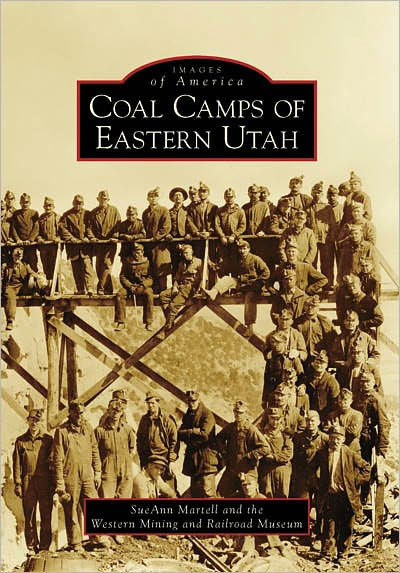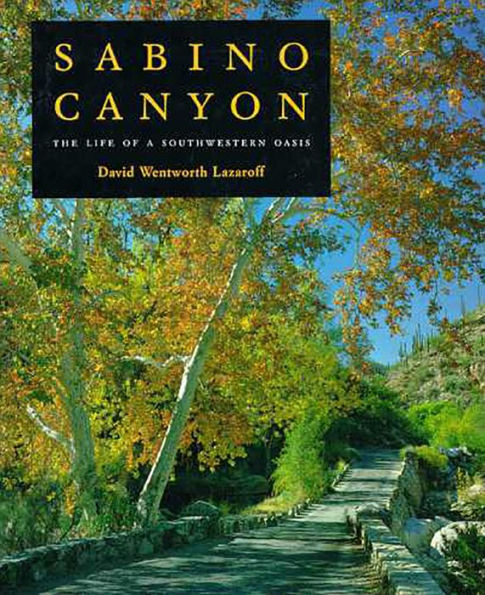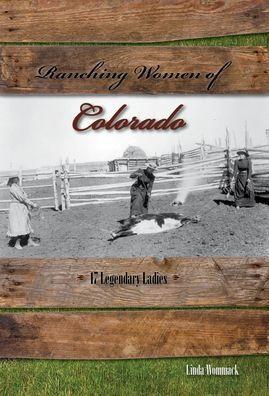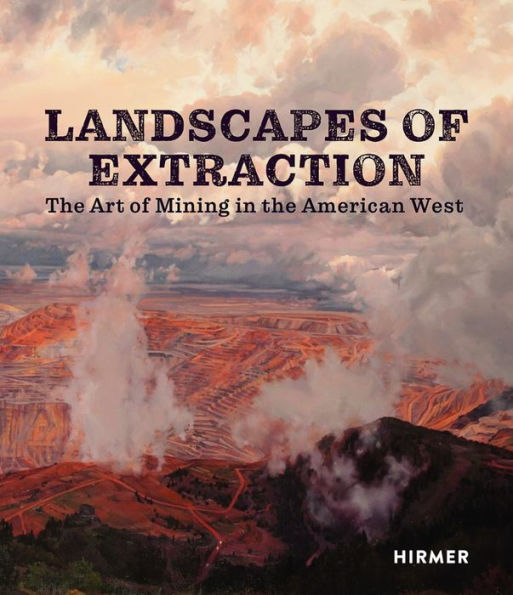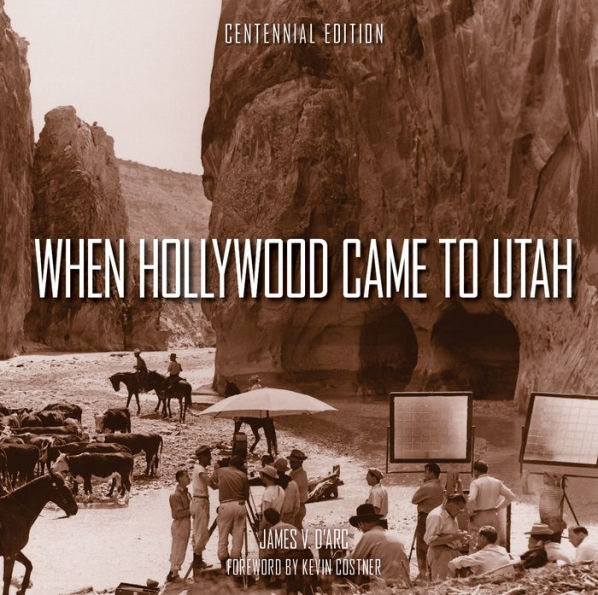Home
The Lady In The Ore Bucket: A History of Settlement and Industry in the Tri-Canyon Area of the Wasatch Mountains
Loading Inventory...
Barnes and Noble
The Lady In The Ore Bucket: A History of Settlement and Industry in the Tri-Canyon Area of the Wasatch Mountains
Current price: $29.95


Barnes and Noble
The Lady In The Ore Bucket: A History of Settlement and Industry in the Tri-Canyon Area of the Wasatch Mountains
Current price: $29.95
Loading Inventory...
Size: OS
*Product Information may vary - to confirm product availability, pricing, and additional information please contact Barnes and Noble
When the first company of Mormon settlers arrived in the Great Salt Lake Valley in July 1847, it was immediately apparent that thier survival depended upon what resources they found in the mountains surrounding them. The Great Basin soil was baked hard by the sun and yielded to the plow with great difficulty. And as pioneer William Clayton noted, surveying the valley floor, "Timber is evidently lacking." But within a week of arrival, a small dam had been constructed to channel irrigation water to crops, parties had been dispatched to explore the nearby canyons for trees suitable for lumber, and names had been attached to several dozen features of the landscape including peaks, creeks, and canyons. These place names, as well as the physical traces and artifacts that persist in three Wasatch canyonsMill Creek, Big Cottonwood, and Little Cottonwoodtantalize with what they suggest, but do not tell, about the history of settlement and development in the canyons. Charles Keller has extracted a wealth of information to create
a fascinating history of the lumber, mining, and hydropower industries built from the rich natural resources of the canyons. With more than six dozen photographs and maps, the book is alive with details concerning the personalities, politics, pacts, and peregrinations of local leaders from white settlement in 1847 through the early 1900s. It will delight any reader with an interest in the magnificent canyons that open onto the modern Wasatch Front.





